Hello friends of Hive, here I am, thanking God for a great start to the week, today I am going to tell you a little about two kinds of plant, which are going to make the prickly pear and the aloe, which we use today a lot at home, because they have great curative benefits, which help our body, improving our health either due to different circumstances that we are presenting at that time. In my house I have a beautiful prickly pear and aloe plant, which we have already prepared smoothies, for my part it helps me a lot because I suffer from the colon, and it helps me immensely to relieve my stomach.
Hola amigos de Hive, por aquí me encuentro, dándole gracias a Dios por un gran comienzo de semana, hoy les voy a hablar un poco de dos clases de planta, que van a hacer la tuna y la sábila, que hoy en día las usamos mucho en el hogar, porque tienen grandes beneficios curativos, la cual ayudan a nuestro organismo, mejorando nuestra salud ya sea por diferentes circunstancias que estemos presentando en ese momento. En mi casa tengo una bella planta de tuna y de sábila, la cual ya hemos preparado batidos, por mi parte a mí me ayuda muchísimo porque yo sufro del colon, y me ayuda inmensamente a aliviar mi estómago.
The Tuna
The prickly pear or nopal is a tropical plant of the cactus family.
Opuntia ficus-indica, commonly known, among other names, as nopal, fig tree (shovel), palera, prickly pear, prickly pear, is a shrub species of the genus Opuntia of the cacti family.
Opuntia ficus-indica is the most popular prickly pear, standing out for its edible fruits. With the fruits you can make sweets, sauces and other preparations that have a high level of vitamins and minerals.
There are several types of prickly pears: red, orange and green. All can be consumed whole, in juices or in the preparation of any gastronomic dish.
La Tuna
La tuna o nopal es una planta tropical de la familia de los cactus.
Opuntia ficus-indica, comúnmente conocida, entre otros nombres, como nopal, higuera (de pala), palera, tuna, chumbera, es una especie arbustiva del género Opuntia de la familia de las cactáceas.
La Opuntia ficus-indica es la tuna más popular, destacándose por sus frutos que son comestibles. Con los frutos pueden hacerse dulces, salsas y otras preparaciones que presentan un elevado nivel de vitaminas y minerales.
Existen varios tipos de tunas: las rojas, anaranjadas y verdes. Todas pueden ser consumidas enteras, en jugos o en la preparación de cualquier plato gastronómico.
Benefits and properties
Antioxidant:
Thanks to its antioxidant and detoxifying properties, nopal helps us neutralize free radicals, which cause cellular aging, and reduce and dispose of toxic substances.
Reduce the cholesterol:
The composition of this fruit makes it a perfect ally to fight bad cholesterol.
Supports the digestive system:
The seeds contained in this fruit help us reduce constipation problems. It is also used to combat gastritis, heartburn and gastric ulcer.
Prevents cardiovascular diseases:
It contains an alkaloid called Cantina, which helps reduce heart problems.
Recommended for diabetics:
Control blood sugar levels.
Helps to lose weight:
The prickly pear contains 80% water, which helps our body to lose those extra kilos. Due to its high fiber content, it reduces appetite. The feeling of fullness it provides also reduces overall food intake.
Diuretic:
By consuming this fruit, we help our kidneys, because we improve our urine circulation and regulate our digestion.
Beneficios y propiedades
Antioxidante:
Gracias a sus propiedades antioxidantes y desintoxicantes el nopal nos ayuda a neutralizar los radicales libres, que provocan el envejecimiento celular, y a reducir y desechar sustancias tóxicas.
Reduce el colesterol:
La composición de esta fruta la convierte en una aliada perfecta para combatir el colesterol malo.
Favorece el sistema digestivo:
Las semillas que contiene esta fruta nos ayuda a reducir los problemas de estreñimiento. Además se usa para combatir la gastritis, la acidez estomacal y la úlcera gástrica.
Previene enfermedades cardiovasculares:
Contiene un alcaloide llamado Cantina, el cual ayuda a reducir problemas al corazón.
Recomendado para diabéticos:
Controla los niveles de azúcar en la sangre.
Ayuda a perder peso:
La tuna contiene un 80% de agua, lo que favorece a nuestro cuerpo para perder esos kilos de más. Debido a su alto contenido en fibras, reduce el apetito. La sensación de saciedad que proporciona también reduce la ingesta general de alimentos.
Diurética:
Al consumir esta fruta ayudamos a nuestros riñones, porque mejoramos nuestra circulación de orina y regulamos nuestra digestión.
Aloe Vera
Aloe vera, also known as aloe vera, is a succulent plant of the Asphodelaceae family that, although it does best in desert and high-temperature places, can be found in regions with less warm and subtropical climates.
Its stem is usually short and erect and its leaves are thick, long and have a kind of spike on the edges. They are green, rough, and fleshy, have small white spots and narrow towards the tip.
The aloe vera or aloe plant is known for its many healing properties. It constitutes a large number of hydrating, healing, anti-inflammatory and relaxing properties, aloe is one of the plants with the most benefits proven by science. Thanks to the bioactive components that bind inside, its extract can be used in numerous cosmetic and medicinal products. Knowing the properties of aloe vera can teach you to take advantage of a resource that we can all have at home.
Profits:
√ Hydrates the skin.
√ Helps in the rapid healing of wounds and burns.
√ It has anti-inflammatory properties if used topically.
√ Improves the absorption of nutrients in digestion.
√ Stimulates the immune system.
√ It has relaxing properties.
√ It can help lower blood sugar levels, as well as cholesterol and triglycerides.
La Sábila
La sábila, también conocida como aloe vera, es una planta suculenta de la familia de las Asphodelaceae que, aunque se desarrolla mejor en sitios desérticos y de altas temperaturas, puede encontrarse en regiones de clima menos cálido y subtropical.
Su tallo suele ser corto y erecto y sus hojas son gruesas, largas y tienen una especie de púas en los bordes. Son de color verde, rugosas y carnosas, tienen pequeñas manchas blancas y se angostan hacia la punta.
La planta de aloe vera o sábila, es conocida por sus múltiples propiedades curativas. Constituye una gran cantidad de propiedades hidratantes, cicatrizantes, antiinflamatorias y relajantes, la sábila es una de las plantas con más beneficios comprobados por la ciencia. Gracias a los componentes bioactivos que se unen en su interior, su extracto puede ser utilizado en numerosos productos cosméticos y medicinales. Conocer las propiedades de la sábila puede enseñarte a aprovechar un recurso que todos podemos tener en casa.
Beneficios:
√ Hidrata la piel.
√ Ayuda a la rápida cicatrización de heridas y quemaduras.
√ Tiene propiedades antiinflamatorias si se usa de manera tópica.
√ Mejora la absorción de nutrientes en la digestión.
√ Estimula el sistema inmunológico.
√ Tiene propiedades relajantes.
√ Puede ayudar a reducir niveles de azúcar en sangre, como también el colesterol y triglicéridos.
This shake that I am going to show you, and I am going to prepare, helps us to cleanse the organs inside, such as: the liver, the Colon, the intestines, the urinary tract and also to get ill-cured flu, it is so beneficial that it has many healing properties.
Take a leaf of aloe and one of prickly pear.
Este batido que les voy a mostrar y se los voy a preparar, nos sirve para limpiar los órganos por dentro, como: el hígado, el Colon, los intestinos, las vías urinarias y también para sacar gripas mal curadas, es tan beneficiosa que tiene muchas propiedades curativas.
Tome una penca de sábila y una de tuna.
Peel the aloe, the prickly pear, when they are ready wash both with plenty of water, which the aloe must be washed very well so that it does not have any flavor, then I served them in a glass plate, and cut them into small pieces.
Pele la sábila, la tuna, al estar lista lave a ambas con abundante agua, la cual la sábila hay que lavarla muy bien para que no le quede nada de sabor, luego las serví en un plato de vidrio, y las corte en trozos pequeños.
Once ready, take the glass from the blender and add them there, for this shake I added only a small glass of water, and blend. I added it to a glass, and you can see that for the amount of water you use, more came out of the shake, this happens because aloe vera and prickly pear have a large amount of water.
Una vez ya lista, tome el vaso de la licuadora y las agregue allí, para este batido añadí solo un vaso pequeño de agua, y licue. En un vaso de vidrio lo agregue, y pueden ver que para la cantidad de agua que utilice, salió más del batido, esto sucede porque la sábila y la tuna tienen gran cantidad de agua.
Collage making program: Fotojet Link
Translated from google translator Link
Photo editing program: PhotoFiltre 7
Las fotos fueron tomadas desde un ZTE Blade A3 Lite.
Programa para hacer el collage: Fotojet Enlace
Traducido del traductor de Google Enlace
Programa para editar fotos: PhotoFiltre 7
I say goodbye until another opportunity.
Thanks for your support.
Me despido hasta otra oportunidad.
Gracias por su apoyo.
Copyright @imargasa. All rights reserved.
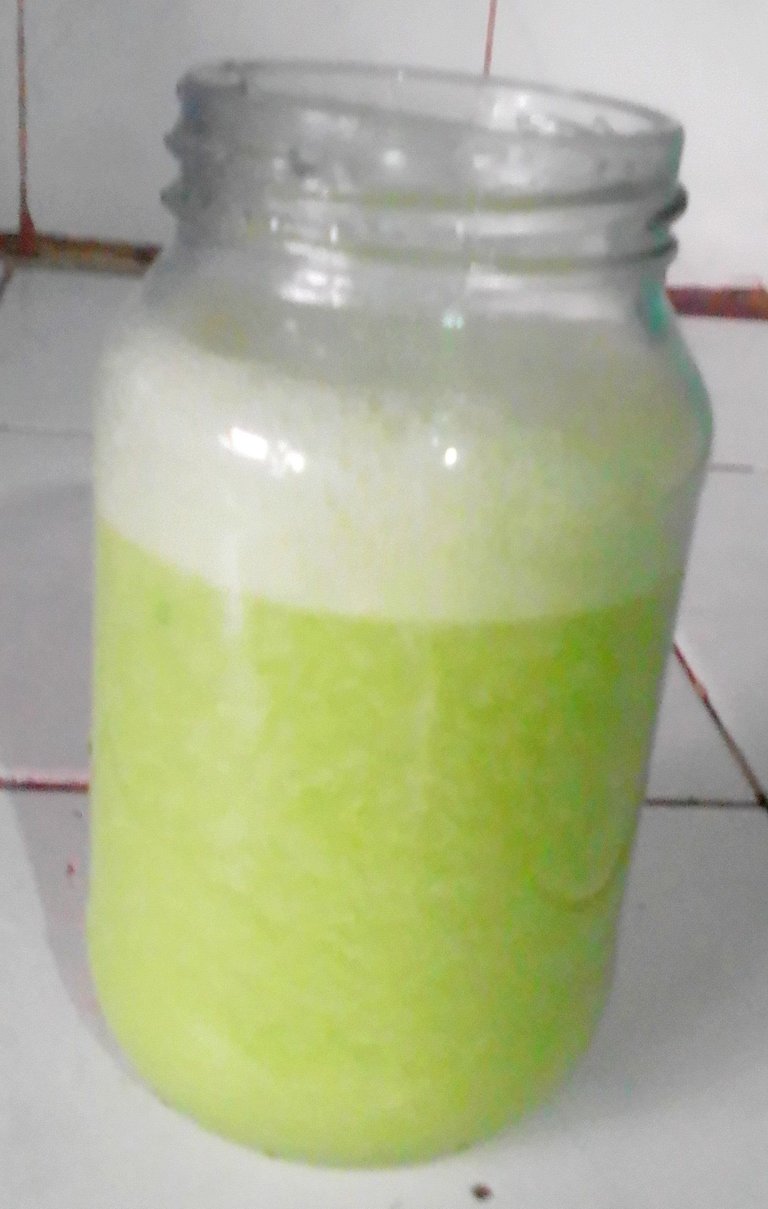
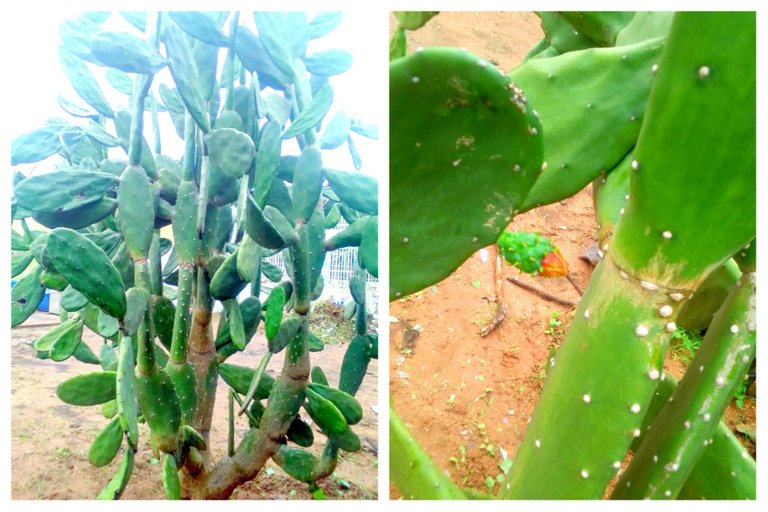
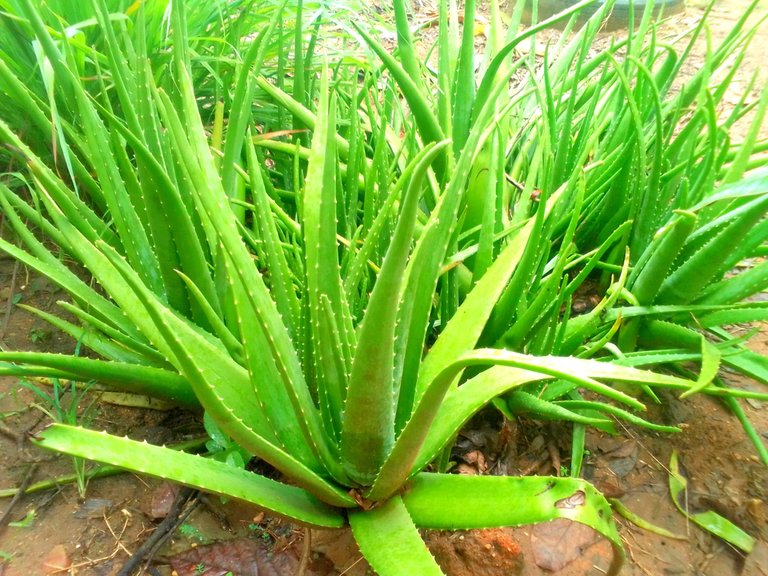
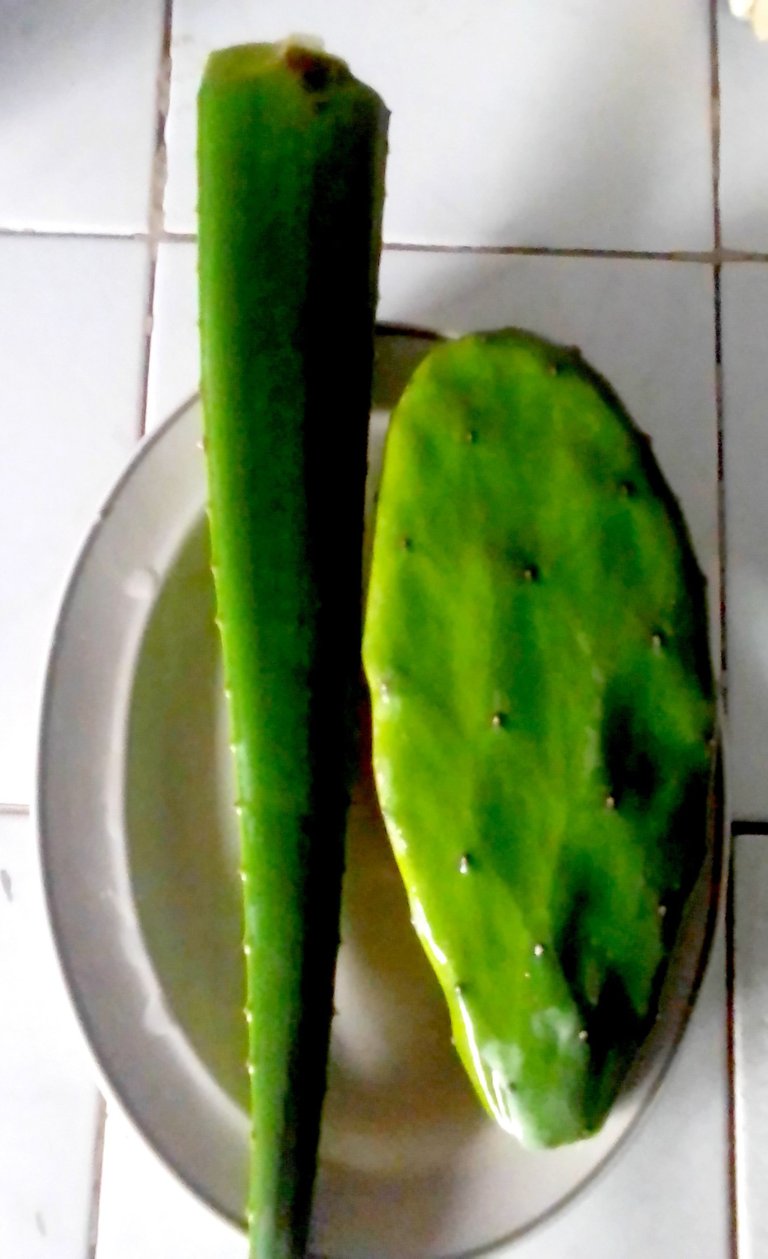

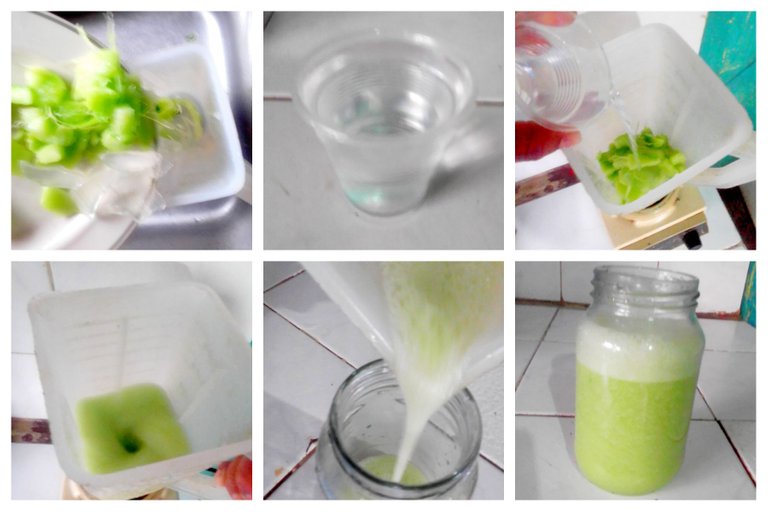
Hi imargasa,
Visit curiehive.com or join the Curie Discord community to learn more.
Congratulations @imargasa! You have completed the following achievement on the Hive blockchain and have been rewarded with new badge(s) :
Your next target is to reach 4250 upvotes.
You can view your badges on your board and compare yourself to others in the Ranking
If you no longer want to receive notifications, reply to this comment with the word
STOPSource of plagiarism 1
Source of plagiarism 2
Source of plagiarism 3
Plagiarism is the copying & pasting of others' work without giving credit to the original author or artist. Plagiarized posts are considered fraud and violate the intellectual property rights of the original creator.
Guide: Why and How People Abuse and Plagiarise
Fraud is discouraged by the community and may result in the account being Blacklisted.
If you believe this comment is in error, please contact us in #appeals in Discord.